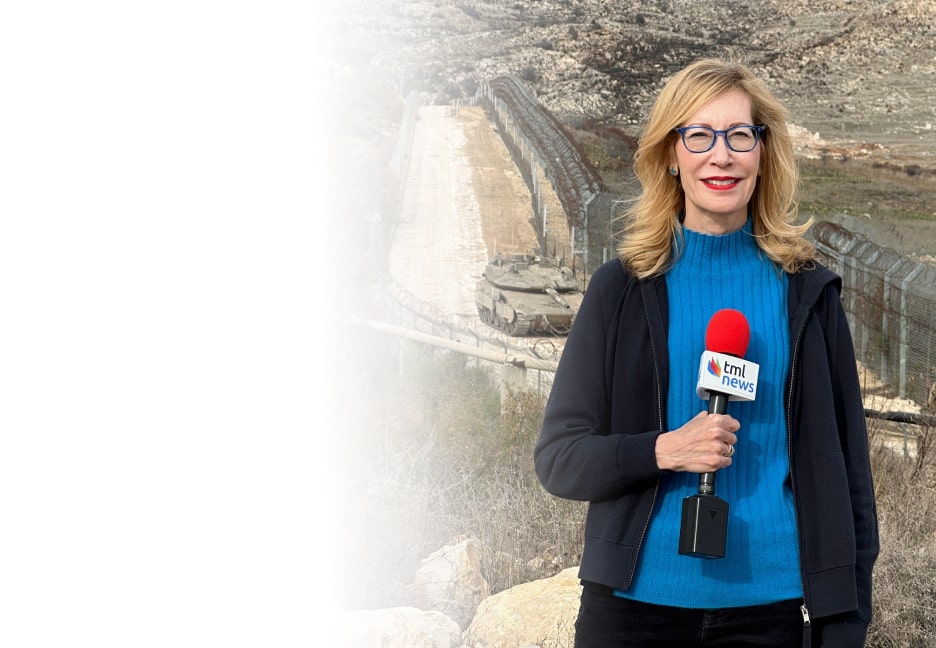Working overtime to meet Passover demand
“You shall eat no leavened bread with it, seven days you shall eat matzahs, the bread of affliction; for in haste did you come forth out of the land of Egypt; that you may remember the day you came forth out of the land of Egypt all the days of your life” -Deuteronomy 16:3
For eight days a year, Jewish communities around the world throw out their fluffy challah bread used as part of the Sabbat ritual in exchange for the Passover favorite, matzah.
Passover, the Jewish holiday commemorating the exodus of the Jewish people fleeing Egypt for freedom, takes place every spring. It’s celebrated in Israel with a seder (a special ritual meal) on the first night of Passover and seven more days of celebrations with friends and family. Outside of Israel, there are two seders and eight days of holiday.
The Kfar Chabad Matzah Factory, southeast of Tel Aviv, houses the largest handmade matzah factory in the world. Chabad is an ultra-Orthodox sect of Judaism that believes in encouraging Jews to become more observant.
The factory is open from the Jewish High Holy Days in the fall until Passover in the spring. It employs over 50 men and the bakery takes on extra staff and volunteers the closer it gets to Passover.
Entering through a side door of the bakery, there is a long hallway with observation windows. Above each window, a colorful cartoon, shows children going through each phase of the matzah making process. On the other side of the glass, men rush to prepare matzah that will be shipped from Europe to Australia and everywhere in between.
In the first room, there is one man, measuring hand ground flour and pouring it through a small opening in the wall into a vat in the next room. The flour is isolated to prevent all contact with moisture until absolutely necessary. It’s kept dry from the moment it’s harvested to the second it comes in contact with water in the factory’s mixing bin.
This holiday season, give to:
Truth and understanding
The Media Line's intrepid correspondents are in Israel, Gaza, Lebanon, Syria and Pakistan providing first-person reporting.
They all said they cover it.
We see it.
We report with just one agenda: the truth.


According to Jewish law, the workers have 18 minutes from the time the flour and water make contact to the time the matzah comes out of the oven. Anything more and it is considered hametz (leavened) and tossed in the trash. The bakery averages 12 to 13 minutes. Every 18 minutes the men stop their work to change their aprons, wash their hands, put on fresh gloves and clean off tables to prepare for the next batch.
After the dough is kneaded, cut and rolled into flat disks, it is run through a roller, poking holes through the dough to make sure it does not rise when put in the brick oven. The dough is laid over wooden poles and flipped onto the floor of the oven for less than a minute before being taken out and inspected.
The final product is a thin, crunchy mix of flour and water, slightly charred and ready to be slathered with Nutella, cream cheese, or whatever you desire.
Rabbi Menachem Gluckowsky says schoolchildren and other volunteers are invited to come and help make matzah.
It was built with space for people to come and see what’s going on,” Gluckowsky told The Media Line about the bakery. “It should be an educational bakery.”
Eating matzah is part of the seder, a ritual dinner that reenacts the Jews leaving Egypt thousands of years ago. The matzah, made in haste, represents the Jews haste to leave Egypt, when there was no time to allow their bread to rise. They then wandered in the desert for 40 years before reaching the Promised Land, but that’s another story.
“You’re not allowed to eat bread, but you don’t have to eat matzah,” Rabbi Zev Slavin from Kfar Chabad told The Media Line, talking about the rest of the week independent of the seder meal. Slavin said his favorite type of matzah is the fresh, pure matzah served on the first Seder of Passover.
When talking about the symbolism of matzah, Salvin said it reminds people of their past and to show humility. “Be appreciative and be humble,” Slavin said.
Matzah is most often compared to cardboard. But some Sephardi Jews, from Arab countries including Morocco and Yemen, eat soft matzah, which is more like a tortilla. Some say this version probably closer to the original matzah eaten in the Temple as part of the Passover sacrifice.
“Without a doubt, it is clear that people used to eat soft matzah,” Rabbi Yoni Rosensweig told The Media Line. “One of the parts of the Seder is called “korech”, which means to wrap around.
It is not possible to “wrap” hard matzah, he said. Rosensweig said the reason Ashkenazi Jews don’t eat soft matzah, is fear that the process wod not be done within 18 minutes as mandated by Jewish law.
“People were afraid that if they make very thick doughy matzah, it would take a long time to prepare,” he said. “So they started making them smaller and thinner, and then they tried to burn them so that there is no trace of water or anything that could become leavened.”
The Jewish community in Israel will celebrate Passover starting on the evening of Monday, April 10 and ending on the evening of Monday, April 17. Outside of Israel, the holiday is celebrated for an extra day, ending on Tuesday, April 18.
Madison Dudley is a student journalist with The Media Line